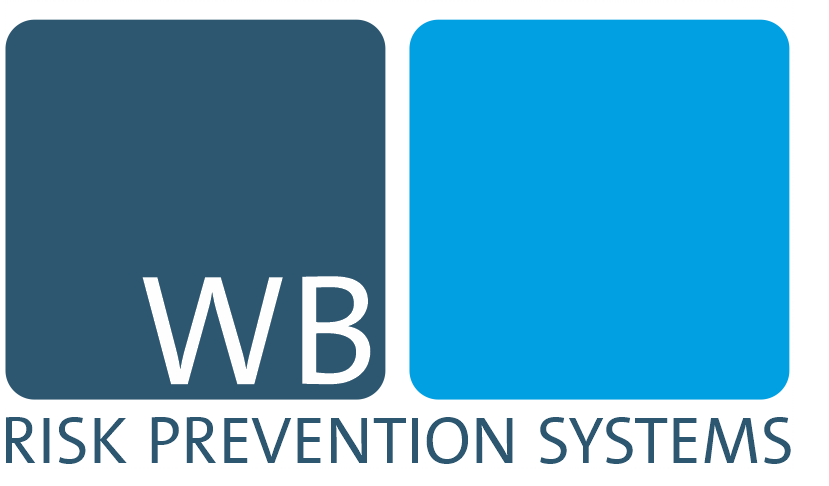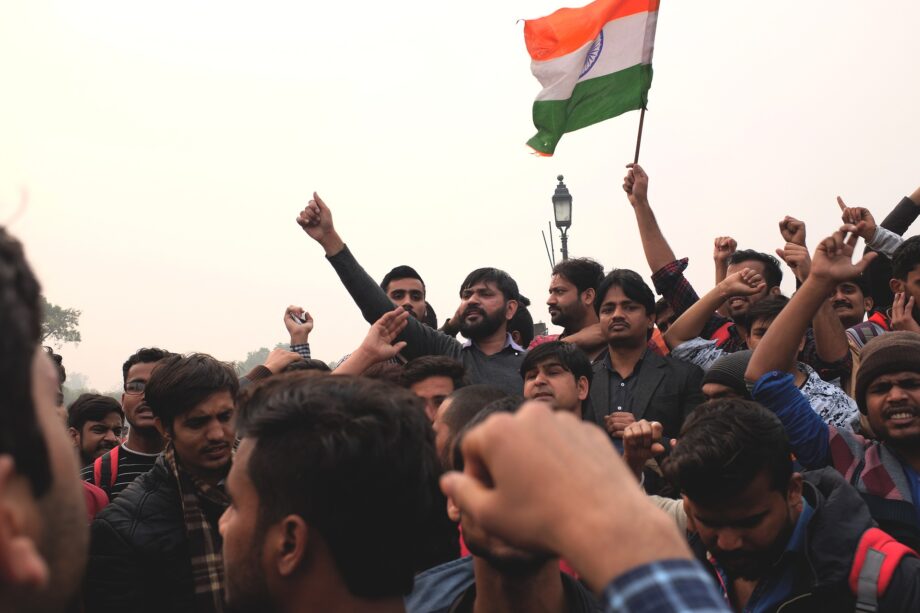Gemeinsame Willensbildung durch einen informellen Verhandlungsführer
Ohne ein Einwirken auf die streikende Belegschaft und Beendigung der Auseinandersetzungen befürchtete die Geschäftsführung im europäischen Stammhaus weitreihende Folgen. Neben weiteren körperlichen Eskalationen sollte die Zerstörung der Werke und letztendlich eine Beendigung der Aktivitäten in Indien vermieden werden. Eine gemeinsame Willensbildung durch einen Emissär sollte den Streik auflösen und zu einer nachhaltigen Lösung führen.Ein neutraler Blick führt das Krisenmanagement durch den Mitarbeiterstreik
In einer Notsituation hilft nur eines: einen kühlen Kopf bewahren. Ein neutraler, externer Koordinator kann dabei die Lage bewerten, ohne persönlich involviert zu sein. In diesem Fall musste das Krisenmanagement folgende Punkte klären: 1. Bestandsaufnahme vor Ort Stehen die Werke an den sieben Standorten überhaupt noch? 2. Erkundung der Interessen Was will die Gewerkschaft erreichen? 3. Prüfung der externen Einflüsse Wer hat Interesse an den Auseinandersetzungen? 4. Politische Einflüsse Was wollen die indischen Wirtschaftsminister und Labour Commissioner an den Standorten? 5. Suche nach Kompromissen 6. Vereinbarung von Lösungen ohne Rechtsstreit Zur Umsetzung aller Maßnahmen stand ein Gesamtbudget von 7-8 Millionen Euro zur Verfügung. Um Kompromisse einzugehen und Lösungen zu finden, müssen erst einmal die Beteiligten ermittelt und kontaktiert werden. Neben den offensichtlichen Personengruppen wie den indischen Gewerkschaften und politischen Persönlichkeiten wurden ehemalige Geschäftspartner ermittelt, die den Streik im Hintergrund befeuerten. Als neutraler Koordinator und Vermittler muss man stets alle Seiten im Blick haben. Auch das europäische Stammhaus muss von Lösungsvorschlägen und Kompromissen durch das externe Krisenmanagement überzeugt werden. Ohne eine geschickte Kommunikation und subtile Strategie wird die Umsetzung der Maßnahmen nicht möglich sein.Souveräne Organisation und Kommunikation leistet Überzeugungsarbeit
An einem Krisenteam vor Ort kommt man nicht vorbei – Überzeugungsarbeit kann man nicht immer nur aus der Entfernung leisten. Unterstützt durch einen europäischen Krisenmanager vor Ort konnte so eine Kommunikationsverbindung hergestellt werden. Es entstand eine Verbindung von den indischen Standorten bzw. Gewerkschaften über den Krisenmanager zum europäischen Stammhaus. Vor der Kommunikation mit militanten Gewerkschaften darf man in solchen Fällen ebenfalls nicht zurückschrecken.Unsere Bilanz einige Wochen nach dem Mitarbeiterstreik
Im Zuge der Streikschlichtung wurde ein Restrukturierungsplan erstellt: von den sieben indischen Werken werden vier geschlossen, ein Werk wird in eine Transfergesellschaft umgebaut und zwei werden in modernisierter Form weitergeführt. Umliegende Grundstücke werden verkauft, zu einem Gewerbepark entwickelt und an die Wirtschaftsförderung veräußert. Rechtsstreitigkeiten konnten in diesem Fall vermieden werden und die Einigung wurde ausnahmslos von der Gewerkschaft mitgetragen. Daneben wurden die Zeit- und Budgetvorgaben übertroffen. Statt der freigegeben 7-8 Millionen Euro hat das Projekt 4,8 Millionen in Anspruch genommen.Was wir persönlich gelernt haben?
Das Meinungsbild im europäischen Stammhaus war schwieriger als erwartet. Zu viele Manager wollten ihr eigenes Scheitern verschleiern – eine zusätzliche Hürde auf dem Weg zur Einigung. Aber auch die konnten wir überwinden.





